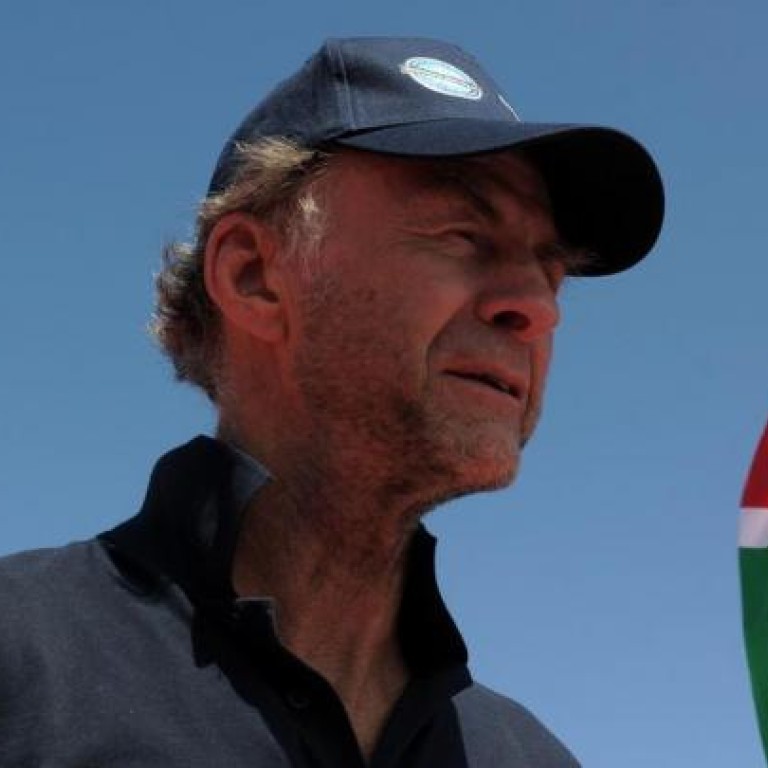
Explorer Ranulph Fiennes due to set off on first Antarctic winter crossing
First Antarctic winter crossing - with no option of rescue - will provide the world's greatest living explorer with his biggest challenge yet
British adventurer Ranulph Fiennes said his bid to complete the world's first Antarctic winter crossing, with no option of rescue, would be a trip into the unknown.
Known as the world's greatest living explorer, Fiennes was due to depart yesterday for the coldest place on earth.
The six-member team was scheduled to leave Cape Town in a bid to become the first to traverse Antarctica, a distance of nearly 4,000 kilometres, in the Southern Hemisphere's winter, beginning in mid-March.
The journey could take four months. So far the furthest winter journey in Antarctica was in the early 20th century, covering only 100 kilometres.
Fiennes, 68, is already the oldest person to have climbed Mount Everest and has crossed both polar ice caps. In 1992-93, he crossed the Antarctic unsupported. He said: "We've been doing expeditions for 40 years.
"We've broken a great number of world records. In Antarctica we've got two huge records, one in 1979 and one in 1992, but they are all in summer. So we aren't any more expert than anybody else at winter travel.
"There is no past history of winter travel in Antarctica apart from the 100 kilometre journey. So we are into the unknown."
The Antarctic has experienced the earth's lowest recorded temperature of nearly minus 90 degrees Celsius. Levels of around minus 70 degrees are expected during the crossing, which will be mostly in darkness.
The expedition will dock in the Antarctic later this month, where a six-member team will prepare to leave in March with no option of rescue once on the ice, unlike in other expeditions.
"This is the first time once we've gone out, all the aeroplanes, all the ships from Antarctica disappear for eight months, and we're on our own and then you're in a situation where you would die," Fiennes said.
"That is why we have to try and take with us a whole year of supplies and a doctor and everything else like that, which makes it the biggest, heaviest expedition that we've ever been involved with rather than just man against the elements."
The group will be led by two skiers carrying crevasse-detecting ground-penetrating radars and followed by two tractors pulling sledge-mounted, converted containers with the rest of the team, equipment, fuel and food.
"Anybody who leaves the vehicle and goes out on skis has to accept the fact that if things go wrong, they will die like people did 100 years ago," Fiennes said. The team, which will be carrying out scientific research and wants to raise US$10 million for the Seeing Is Believing blindness charity, have tested their clothing and equipment to minus 58 degrees in Britain and minus 45 degrees in Sweden.
Co-leader Anton Bowring, who will be aboard the expedition ship after the ice team leave, described the venture as "one of the last, great polar challenges".
"The pundits, the clever people who know about Antarctica, are looking at this and thinking it might just be a bit crazy. So we will see," he said.
"We've worked at it for five years and we reckon we've just about covered all the possible problems."
The group will set out from Crown Bay south of South Africa, crossing the polar plateau at an average height of 3,000 metres above sea level, aiming to cover 35 kilometres a day to reach McMurdo Sound, south of New Zealand.
